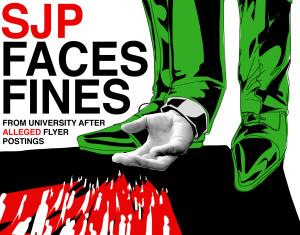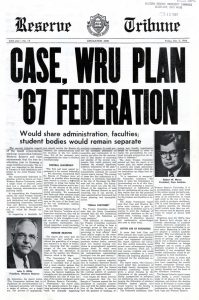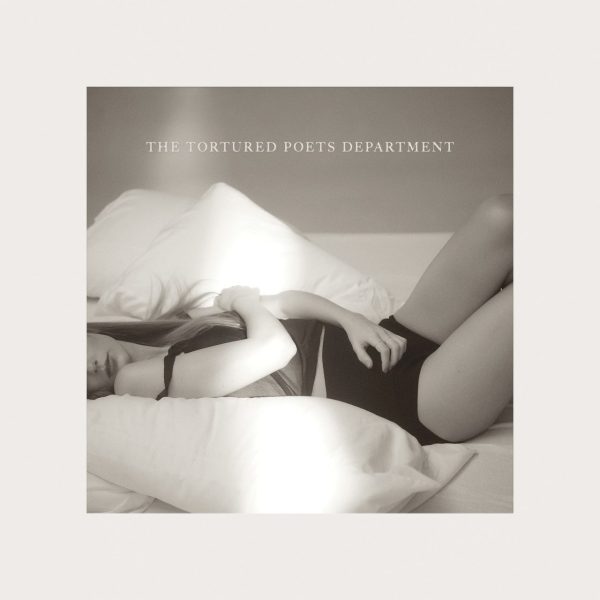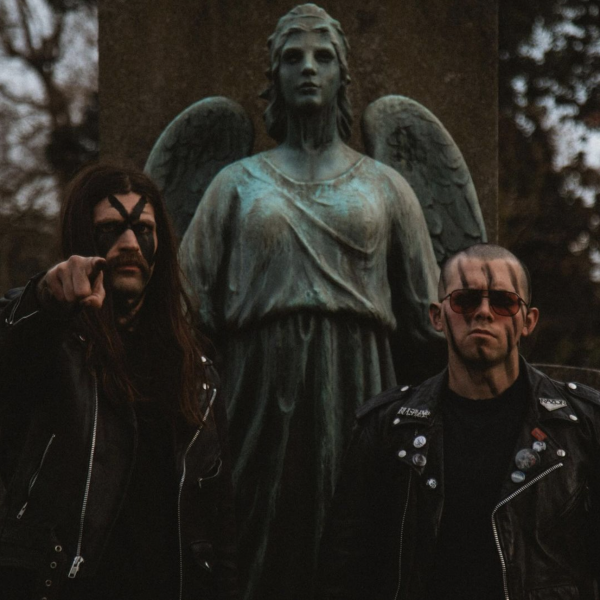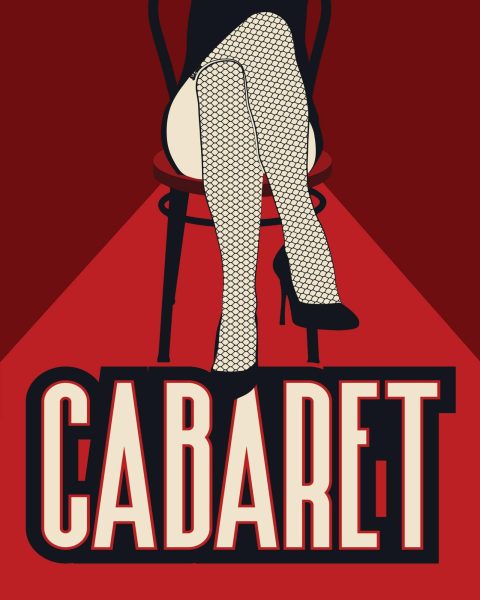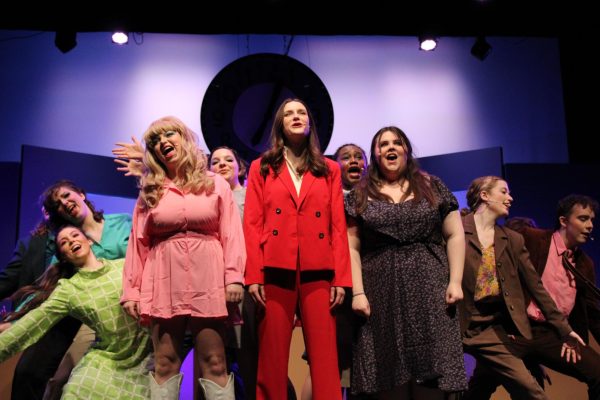Revenge through film
“The Dirties” explores high school violence
April 25, 2014
On April 20, 1999 at Columbine High School, Eric Harris and Dylan Klebold created a fire bomb and a multitude of explosives to distract government officials as they murdered 13 civilians, injured 24 additional students, and then committed suicide. On April 16, 2007, Seung-Hui Cho, a senior at Virginia Polytechnic Institute and State University, shot and killed 32 people, wounded an addition 17 and committed suicide shortly thereafter.
These two events known colloquially as the “Columbine Massacre” and “Virginia Tech Massacre” stand as two of at least 31 mass shootings in the U.S. since 1999.
It is the unfortunate prevalence of unexpected homicides that has spurred debates about the effects of violent video games, the gun control regulation, the scripted use of antidepressants and most importantly the often isolating subculture of American high schools.
In writer and director Matt Johnson’s movie “The Dirties,” bullying is a deeply important issue as two high school students are subjected to overwhelming animosity from their peers. From verbal harassment to physical assault, Matt and Owen are constantly harassed by a group they call “The Dirties,” and despite hearing the duo’s desperate pleas for the abuse to cease, “The Dirties” refuse to stop their cruelty. Finding comfort in film, Matt decides to create a revenge flick outlining a plot where the pair kill these bullies and save everyone from their evil tyranny.
While Owen sees this as an assignment for their film class, Matt sees it as a more realistic opportunity and increasingly pursues actions to actually eliminate those who haunt his life.
“The Dirties” is a film that seeks to demonstrate what exactly drives a person to commit violent behavior and, more important, how easy it is to be oblivious to this progression. Matt gradually disintegrates until he can’t distinguish fact from fiction, which mirrors the audience’s inability to bifurcate the two states of mind well. We see the events unfold through a third-party character who is rarely addressed. Through the use of this silent vantage point, Johnson allows the audience to take up an immersive role and feel partially responsible for the actions that take place in what feels like real time.
It is the mixture of actors and real high school students that demonstrates the gray line the film draws between what is fantasy and what is reality. Best described by the adage “see no evil, hear no evil, speak no evil,” this “blind-eye” mentality disturbs the audience as we seek to affirm that if we were in Owen’s shoes, we would have noticed sooner and subsequently acted more wisely in preventing Matt from developing into what he became.
Those familiar with Julia Loktev’s “Day Night Day Night,” which focuses on a fictional Times Square suicide bomber, or Gus Van Sant’s “Elephant” which was based in part on the Columbine Massacre, will find “The Dirties” to be in the same realm of thought-provoking and reality-based mass murder stories. Fans of Michael Moore’s “Bowling for Columbine” are encouraged to seek this film out as well.

